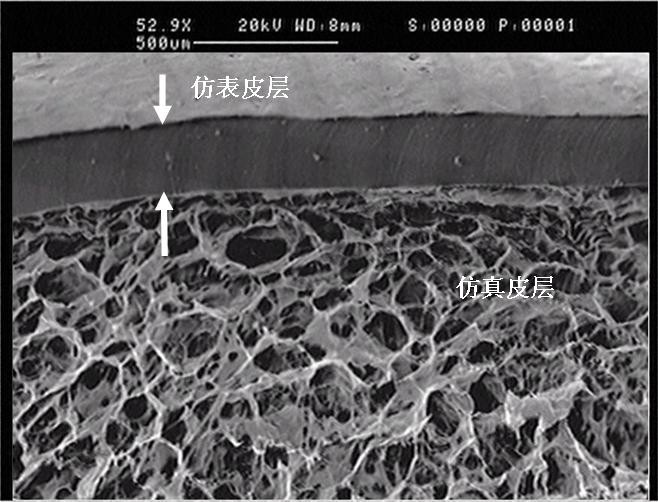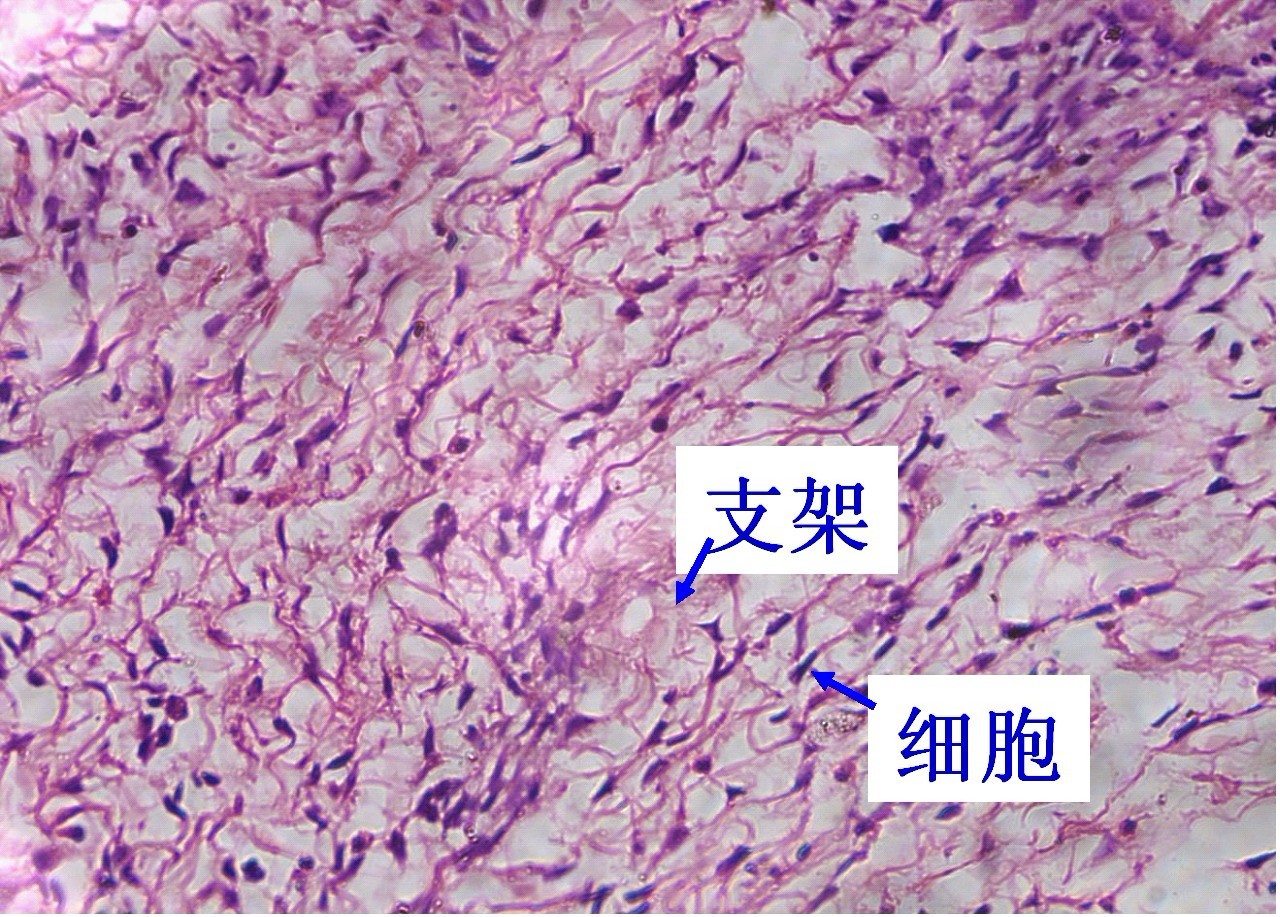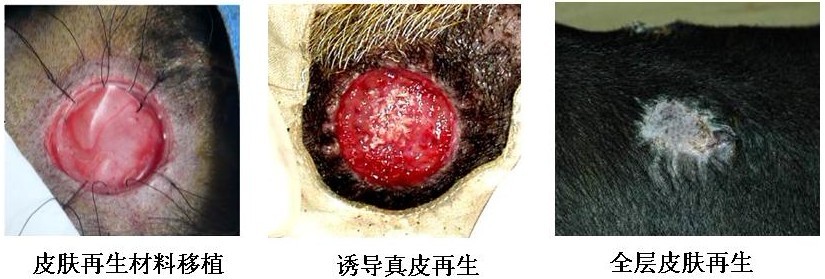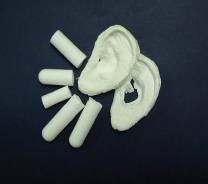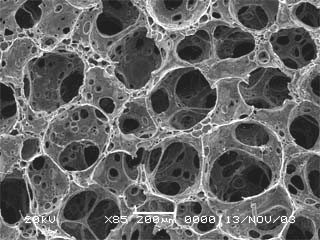Research
| Biomedical Polymers for Tissue Repair and Regeneration | |
| Time:2011-12-27 18:00 Source:未知 Author:admin Click: | |
The defects or loss of function of tissues and organs caused by disease, trauma, heredity and aging, has been a serious problem that endangers the human life and health. In the USA, up to 8 million of patients are in need of treatments for tissue defects and losses each year, and the costs for such treatments are over $ 400 billion. In China, there are also tens of millions of patients suffering from these diseases.Therefore, it has become a major scientific problem to be solved involving biology and clinical medicine that how to achieve the regeneration of damaged tissues and organs and the functional reconstruction. On this background, the regenerative medicine, which aims at rebuilding the damaged structures of tissues and organs and improving their functions, has been developed in past decades as a new and important discipline.Currently, the approaches for the regeneration of tissues and organs include surgical reconstruction, organ transplantation, tissue engineering and in-situ induced regeneration.Especially, exploiting the natural healing and regeneration process of the body, the in-situ induced regeneration strategy is achieved by biomaterials for regenerative medicine (BRM) which can provide suitable microenvironments for cell ingrowth and finally tissue regeneration.The strategy not only effectively overcomes the difficulties such as donor shortage, source of seed cells and immunogenicity, but also can hopefully achieve the regeneration of complex tissues and organs.As the platforms for supporting cells/stem cellsto differentiate and the templates for guiding tissue regeneration, BRM has become the basis of the research of regenerative medicine.
Having been focusing on the in-depth study of BRM for skin, cartilage, bone, liver and other tissues, our group have obtained a large number of academic achievements with domestic leading and international advanced levels, having important impacts both at domestic and abroad fields. Supported by multiple national projects, our group has carried out research for more than 10 years in the field of BMR for skin and cartilage and obtained many patents related to key technologies.
For the regeneration of skin, we have developed a novel biomaterial, which mimic the bi-layer structure of natural skin, and can induce in-situ dermal regeneration without the use of seed cells. This material is applicable to the repair of wounds such as trauma and burn, and reaches the international advanced level, which was appraisement by experts in 2006.
Figure1.The macro and micro structure of dermal regenerating materials
Figure2.The proliferation of human dermal fibroblasts within dermal regenerating materials
Figure3.The regeneration of skin after treatment by dermal regenerating materials In order to achieve the restoration of cartilage defects, our group also took advantage of biomimic approach and has constructed a kind of “soft /hard” composite by the combination of hydrogel and porous scaffold both structurally and functionally similar to the extracellular matrix of cartilage tissue. Enhanced bioactivity can be obtained through incorporating growth factors or functional DNAs into the composite, in order to accurately modulate the induced differentiation of mesenchymal stem cells and promote the cartilage repair.
Figure4.The macro and micro structure of repairing biomaterials for cartilage
Figure5.The repair of cartilage after treatment by repairing biomaterials |


